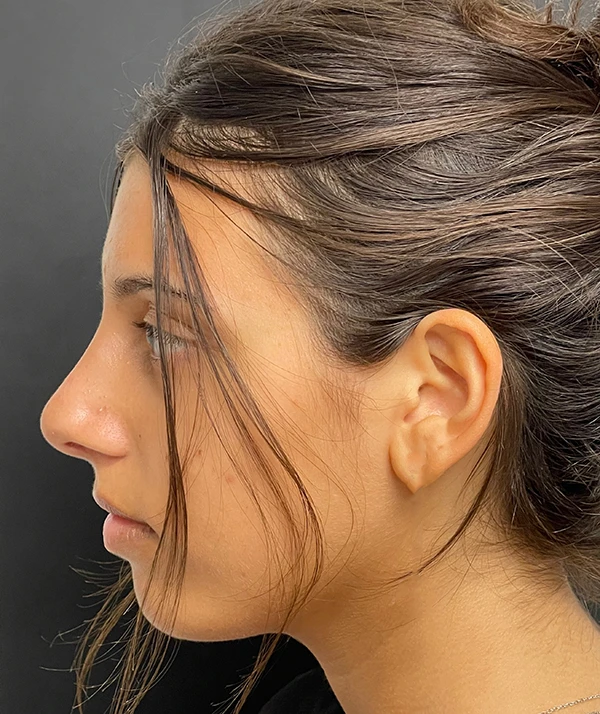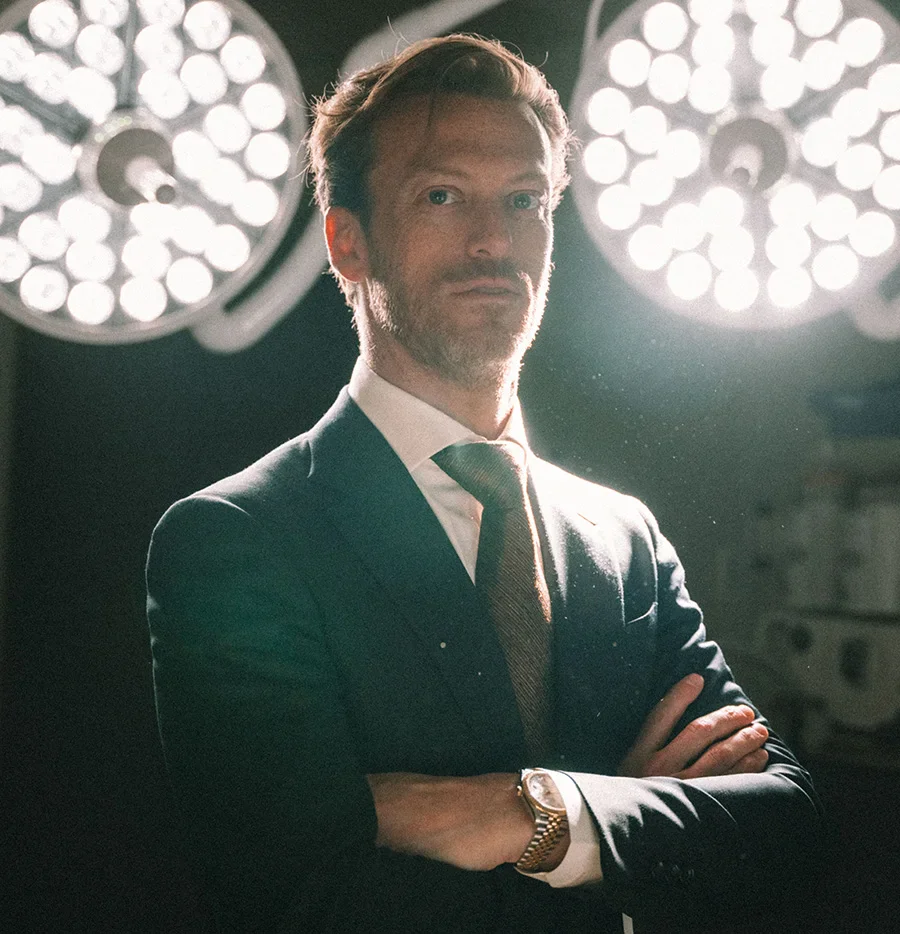Introduction to Rhinoplasty
Thousands of people seek cosmetic consultations to refine and enhance the proportions of their noses every year. Many patients seek out this procedure because they want their noses to look perfect with other facial features, whereas for others, a birth defect or an injury may have distorted the shape of the nose, and/or caused breathing difficulties.
At KH Plastic Surgery, we offer our Long Island & NYC area patients Rhinoplasty, a cosmetic plastic surgery solution that can be a life-changing procedure! Whether it’s making you feel more confident about yourself or making your quality of life better by allowing you to breathe easier!








